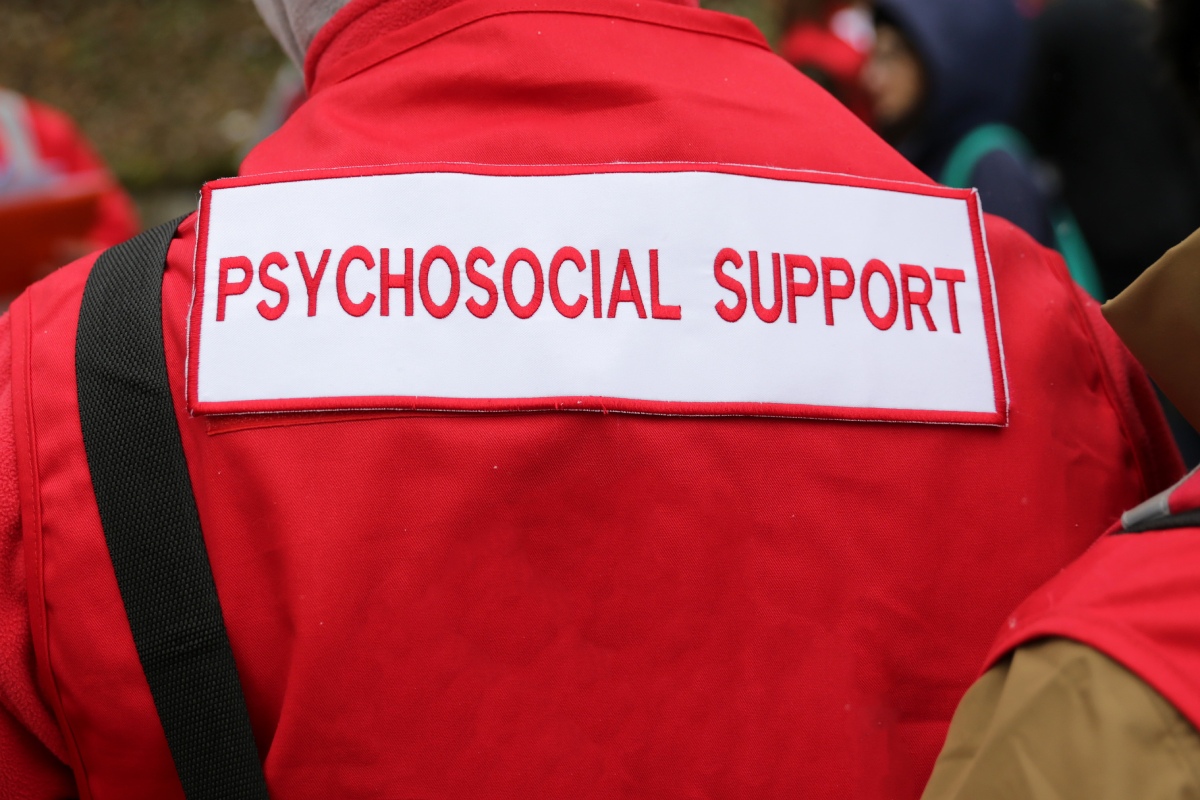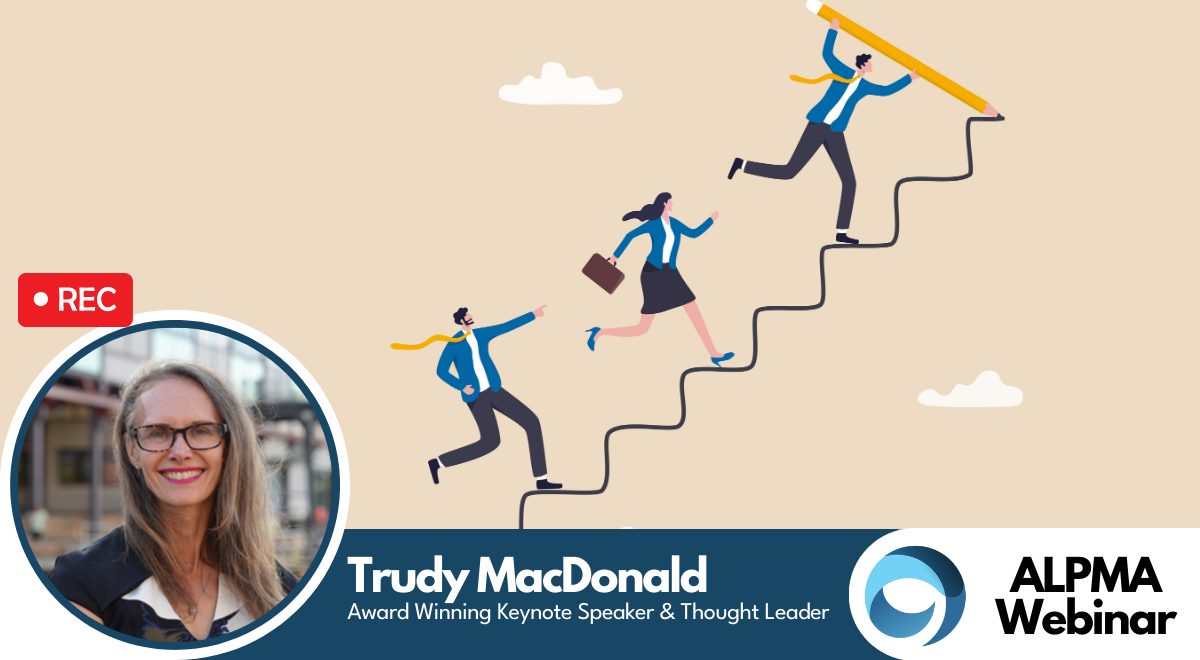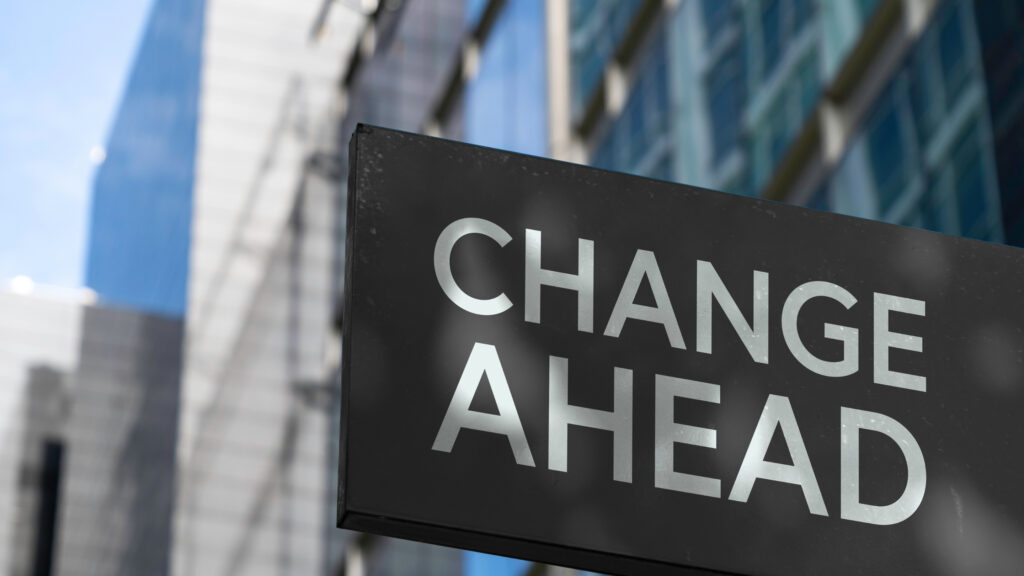In 1835, four hundredweight of mutton fell from an overloaded wagon onto a butcher servant, dislocating his shoulder, breaking his thigh, and causing a number of other injuries.
The incident lead to the landmark Priestley v Fowler (1837) common law case. The jury debated, amongst other things, whether the defendant engaged in ‘pigheadedness’ – in other words, whether the butcher knowingly over-loaded the wagon, thus causing or at the very least contributing to the accident.

The resulting judgment in favour of the plaintiff effectively paved the way for changes in the meaning and extent of employer and employee safety duties and liabilities, setting a precedent, and arguably underpinning our modern workplace health and safety legislative framework.
Workplace health and safety (WHS) standards have come a long way since 1835, and you would be forgiven for thinking that employers have workplace safety issues pretty much under control nowadays.
Air quality sensors have replaced canaries in mineshafts, warning signs galore adorn stairwells and lunchroom boiling water dispensers, and ergonomic keyboards and chairs are omnipresent.
“Safety” also appears as a core value on corporate vision and mission statements across the country, often alongside the ubiquitous statement that “people are our greatest asset.”
Unfortunately, more-than-decade-and-a-half in management and HR roles tells a very different story. Rhetoric abounds, and, in my experience, if one scratches just a little bit, the shiny surface of these safety claims is exposed, revealing a decidedly lack-lustre reality.
In law specifically, no natural — let alone subterranean — assets exist. Think about it. The law is a common good. Your business does not own this good. Your strategic competitive advantage lies in how you use this common good to produce products and services, which requires knowledge-workers.
In the absence of knowledge-workers, your business is essentially sans assets. Sans revenue. Pretty much sans a business (ok, yes, we have Lawbots, for contracts. But Lawbots depend upon knowledge-workers, to create and run the Lawbots).
Strategically, for what the OECD classifies as a knowledge-based economy, our current approach to WHS is far less advanced than it should be, and that we’d ever like to concede. While humans are considered the most advanced species on earth, our approach to certain aspects of WHS is still back there hanging out with the hominina. Aka chimps.
Don’t get me wrong — we do seem to be across the need to prevent physical injuries. You can (probably) give yourself a tick.
However, employers appear decidedly stuck in the ‘slips, trips and falls’ WHS era. The requirement to ensure workplaces are not just physically but also psychologically and emotionally safe remain poorly, if at all, understood, aspects of WHS law.
Unsurprisingly, when it comes to risk management of factors affecting psychological and emotional safety, otherwise known as “psychosocial risks”, workplaces fare….. well….. Not So Well.
In my experience, organisations are more likely to have detailed risk management / disaster recovery / business continuity plans for a ‘two Boeing 767’s flew into the office block’ scenario than they are to have strategies to effectively manage psychosocial risks. Ironically including the psychosocial risks inherent to the fallout of said crisis of plane into building scenario (did someone say survivor post-traumatic stress disorder…?)
This failure exists despite a plethora of empirical data and anecdotal evidence that employees are exposed to these risks on a daily basis, if not multiple times a day. Recent research suggests poor interpersonal and/or leadership behaviours, including mistreatment, sexual harassment, incivility and bullying, are common, and for all intents and purposes, culturally pervasive in legal. As in amongst lawyers, risk exposure affects the majority, and for some risks, exceeds 90%.
The above in mind, I suggest leaders and managers need to stop, consider and strategise, because:
Psychological & emotional safety is AS important as physical safety
Not an add on; not a nice to have. A legislated requirement. Firm and officer liabilities for negligence offences for failing to provide a psychologically and emotionally safe working environment are the same as for failing on the physical safety front. The terms “significant” and “severe” spring to mind. While Priestley’s £100 is ‘only’ about $18,000 in today’s terms, a Category 1 Reckless Negligence offence can now attract a $3m fine for the employer, and 6,000 units in personal officer liability (in QLD that translates into $600K). And/or five years in jail. Take your pick. D & O insurance does not cover WHS breaches by the way. It’s a bit like crashing your car while drink driving; no insurer covers that scenario. Oh, and much like simply having unsafe scaffolding up on a construction site is enough to attract a WHS fine even if no one has fallen off it (yet), a psychological injury does not need to actually occur for you to be considered recklessly negligent in failing to provide a psychsafe working environment.
Resilience & mindfulness are psychosocial risk fire blankies
I have seen some fairly questionable safety conduct in my time — including walking in on someone disconnecting a 920 kg drum of liquefied chlorine gas sans breathing apparatus — and without closing the live flow valve off first.
I’m pretty sure my sprint exit from that chemical storage room would have given Usain Bolt a run for his money. No, seriously. I think I flew.
But I have to admit I am yet to see an employee douse an office in fuel and set it on fire, only to joyfully pull out a fire blanket and declare “It’s all good” or “This is fun!” whilst attempting to smother rampant flames.
Tiered (read: “legitimate”) risk management plans should include, but not rely solely on fire blankies.
Resilience and mindfulness strategies have their place. But these strategies really only come into their own after exposure to the risk. After 400 weight of mutton falls on your servant. This approach is a little bit like wanting to be an after-the-fact accessory. To grievous bodily harm, manslaughter, murder.
I’ve noticed the legal profession has an unnatural obsession with fire blankies. They should probably see someone about that.
Failure to primary prevent is costing you — and/or your insurers — money. A lot of it.
Evidence suggests merely being exposed to psychosocial risks negatively impacts all five aspects of job performance, translating into (*cough* SUBSTANTIALLY) lowered profitability. Employees who merely witness a risk exposure event also suffer psychologically and job-performance wise, causing a ripple effect.
Decade-long trends also show amongst other confronting stats, psychological injury claims are not only the single disease-related category of injury on the increase, these claims are, by a loooooong shot, the most expensive claim type.
In addition, poor mental health is considered the elephant in the room in approximately 1 in 3 professional indemnity claims.
It is unsurprising that Worker Compensation and Professional Indemnity insurers have started to cotton on to the “pfffttt, but that’s what insurance is for” attitude to psychosocial risk management. A more eyes wide open and move on from current ‘community’ or ‘number, not cost of claim’ approaches to setting premiums is underway.
After all, it is logical a car insurer would probably have an issue with someone deliberately driving their Ferrari into a wall at 140kph thinking “wahoo, this thing is fitted with airbags.”
Life and income protection insurers are also unimpressed with the exponential increases in TPD claims coming out of the legal profession by those who self-select out and then are declared psychologically unfit to work. In many cases, ever again.
The slips, trips and falls approach to WHS is decades out of date. When it comes to psychological and emotional safety, 1964 does not cut the mutton; Times have changed. Failing to recognize, respect and proactively integrate these changes into your firm’s risk management plan is not only a display of ‘pig-headedness’, but also akin to being as old as Bob Dylan’s “The Times, They Are A-Changin”, and getting caught with your pants down. In public.
Does your firm have a psychosocial risk management plan? Is it tiered to cover primary prevention, early intervention and tertiary intervention strategies? Or do you rely on mindfulness and resilience strategies?



